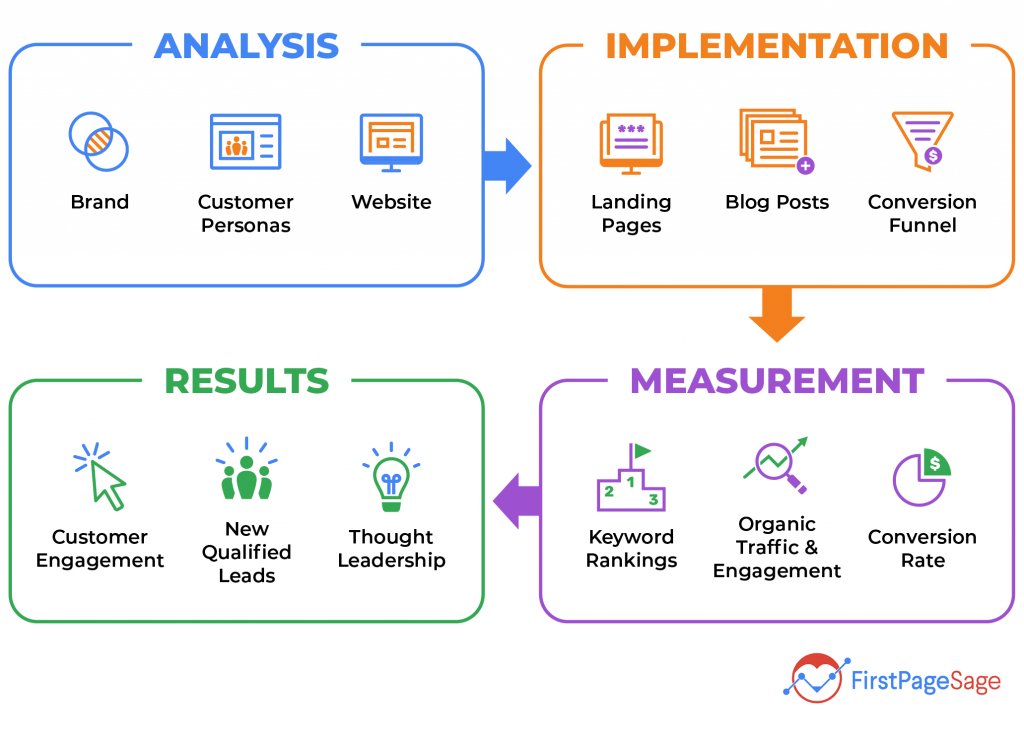
Mobile devices can be optimized for your site using the same SEO techniques that you use for desktop computers. Search engine optimization is made easier by including the most relevant keywords in your title tag and meta description. You should also include a brief call-to action (CTA), in your meta descriptions to encourage clicks. To grab users' attention, use emojis as well as relevant keywords within your website content.
User-friendly Content
Optimizing your website for mobile users requires a few additional steps. First, ensure that your website is mobile-friendly. Your website should not be crawled and must focus on the users experience. Adobe Flash must be removed as many mobile devices cannot support it. It is essential that your website is clear and easy for users to navigate. Make sure your text is big enough to read, and use a legible font. Mobile users' search intent may be different from desktop users', so it is important to optimize your content for mobile users.
Page speed
Mobile users experience the site in a different way than those who use a desktop computer. A slow website will cause users to leave. It is vital to optimize your site for mobile speed. Use tools like Google PageSpeed Insights to check your page speed across various devices. Mobile-friendly websites will load faster for mobile users and have higher conversion rates.

Canonical tags
Canonical tags can make duplicate content worse. This is one of the biggest mistakes. The redirect URL is the actual target and should not contain duplicate or similar content. Some SEOs make the mistake of passing link signals using canonical tags. However, this is not the right way to do it. Read on to learn how to properly use canonical tags in your SEO strategies for mobile devices.
Relevant keywords
Local keywords are vital to any SEO strategy for mobile websites. They can boost your website's local ranking, and they can be easily found through keyword research tools like Keyword Intelligence. You can find untapped keyword opportunities in your local area by simply choosing your language and location. The tool will provide you with a list relevant keywords. Local search volume varies by location so ensure you target the keywords that are most relevant to your location.
Featured Snippets on Google SERPs
Featured parsnippets is content that appears at search engine results pages. They aim to give users the most relevant information to answer their questions. These snippets are often sourced from high-ranking websites, which makes them great for reducing clicks. A featured shortcode is a great tool to help your website get SEO.

FAQ
Why SEO strategy is so important
Search engine optimization (SEO), is a way to get more people to visit your website via Google.
Search engines such as Google, Yahoo!, Bing, and others store information about websites on servers called "crawlers," which send this data back to the company's central database. This allows them to index web pages and make search results.
You will get more visitors to your site if it appears higher in the search results. This means that you won’t be found in searches.
Ranking highly in search engines such as Google and Yahoo is the best way for your site to be found. There are two main methods to achieve this: paid advertising or natural organic links.
Paid Adverts - Companies that pay per-click for online advertising to appear first in search results will be known as Paid Advertising. These ads can include text ads, banner ads, pop ups, ecommerce widgets, and more.
Natural Organic Links- These links are ones where you have developed a site that is excellent over time and has earned the trust of others in your industry. Over time, links are built naturally through guest posting, commenting on other sites, and so forth.
You need to continue investing in both marketing forms in order to be competitive.
How can I create a SEO strategy?
An effective SEO strategy starts with understanding your goals and how to get there. This will allow you to organize your content around these goals.
Step two is to get started with your keywords. By doing keyword research, you'll gain insight into what people are searching for when they use certain words. You can then write articles around these topics using this information.
When you write your articles, be sure to include your targeted keywords. You should optimize every article by including images and videos. Last, be sure to include links to related pages wherever you can.
After you have completed all of the content on your site, it is time to optimize that content!
Why Should I Use Social Media Marketing?
Social media marketing is a great way to reach new customers and build relationships with current ones. It's easy to build a community around your company by posting interesting articles, engaging with others through comments or likes, and creating a buzz about it. This will make it easier for potential customers find you online.
How long does SEO take to get traffic?
Traffic generation through SEO usually takes 3-4 months. It all depends on several variables.
-
Your site's content quality
-
Backlinks
-
Targeted keywords
-
Competitor rankings etc.
SEMrush is a great tool for beginners who want to quickly generate results. You can monitor all aspects of your SEO campaign with them, including competitor research and backlink profile, top pages and local listings, organic traffic stats, reports and more.
What Is an SEO Campaign?
A SEO campaign is a collection of activities that are designed to increase the visibility of a specific webpage or domain name on search engines such as Google, Bing and Yahoo. These activities include optimizing URL structure, title tags, meta description tag, URL structure, pages content, images and internal links.
SEO campaigns begin with keyword analysis, which identifies keywords that can increase organic traffic. Once keywords are identified, they should be optimized across the website from the homepage to individual pages.
Statistics
- 64% of marketers actively create SEO campaigns because they help hit multiple key performance indicators (KPIs), including increasing traffic, helping your site rank for relevant keywords, improving your conversion rate, and much more. (semrush.com)
- Sean isn't alone… Blogger James Pearson recently axed hundreds of blog posts from his site… and his organic traffic increased by 30%: (backlinko.com)
- If two people in 10 clicks go to your site as a result, that is a 20% CTR. (semrush.com)
- A 62.60% organic traffic boost to that page: (backlinko.com)
- 93%of online experiences today begin on search engines. (marketinginsidergroup.com)
External Links
How To
How do you know when your SEO is working?
There are many ways to tell if you're doing good SEO.
-
Users should leave your site without clicking anything else if their bounce rate is less than 30%. If your bounce rate is high, it means that your audience is not trusting your brand and/or isn't interested what you have to offer.
-
Visitors visit multiple pages of your website. This shows that they are interested in your site and find something useful.
-
Your conversion rate keeps improving. This is because your audience is becoming more aware of your products or services and wants them to buy them.
-
Your average time on site is increasing - people spend longer viewing your content.
-
Increased traffic from search engines is a sure sign you're doing excellent SEO.
-
You are receiving more shares on social networks - this means your content is being shared and reaching other audiences than your followers.
-
This is an indication that people are responding positively towards your work by leaving more comments in forums.
-
There's more engagement around your website - more likes, tweets, shares, and likes on posts.
-
Your rank is increasing in SERPs, showing that your hard work is paying off.
-
You're receiving more leads from your website - this shows that people have found your website organically and are now contacting you.
-
Your sales are increasing - this indicates that people who visit your website looking for your products are actually buying them.
-
You get more views and comments on your blog posts, which means that people find your content useful and interesting.
-
This will increase your subscribers to your email lists. It shows that people trust you enough for them to sign up to receive information about your business.
-
Sales are rising - this shows that people like you and your products so much that they are willing to pay for them.
-
You've gained more social network followers, which shows that your fans share your content with others and engage with your brand.
-
You are getting more PR mentions. This shows that journalists are talking online about your brand. This raises awareness of your company and helps to improve your reputation.
-
This means that your brand is being recommended more often.
-
People continue to return to your website. This is a sign that your customers are satisfied with your work, and will return again and again when they need your assistance.
-
Your competitors are losing ground - this shows that they didn't invest as much money in their SEO campaigns as you, making them look bad.
-
The image of your brand is changing. This means that your brand is becoming more popular with a new audience.